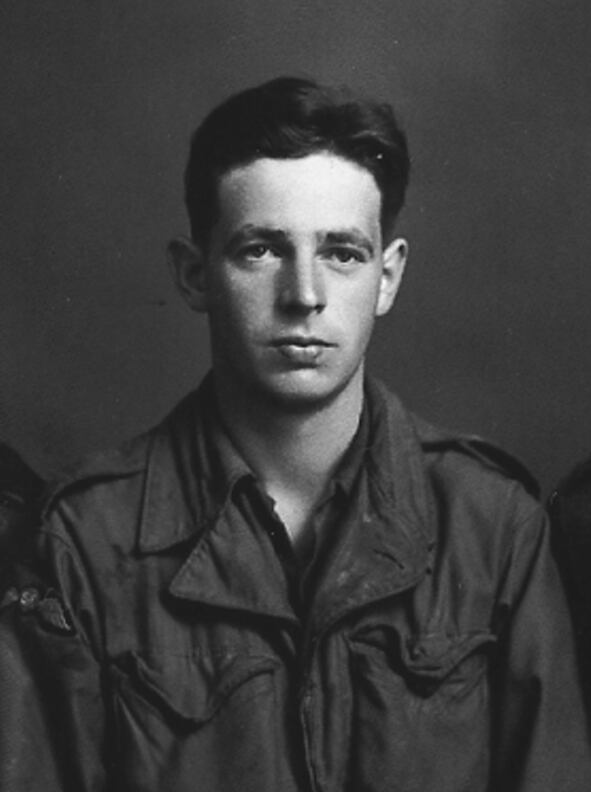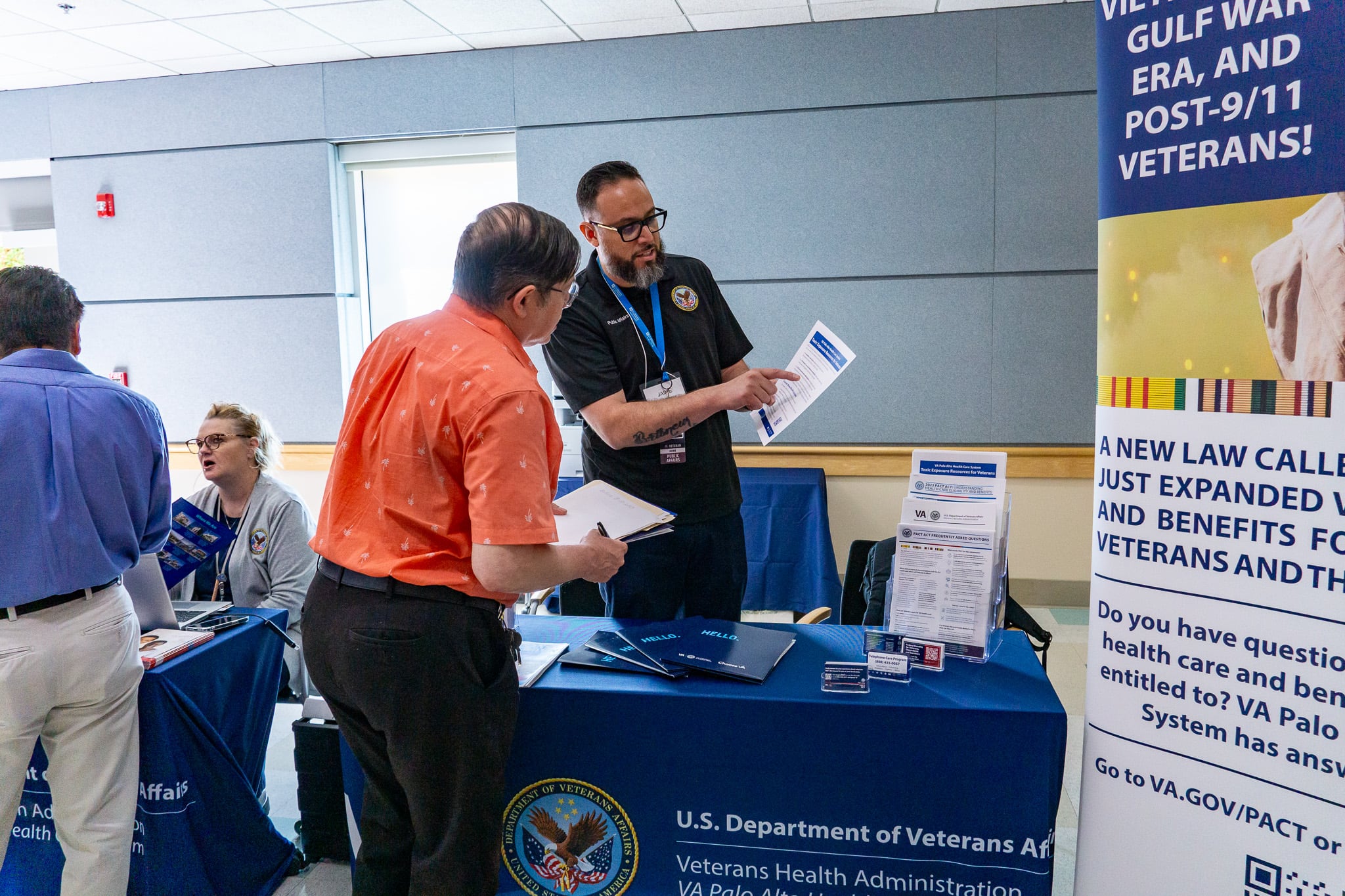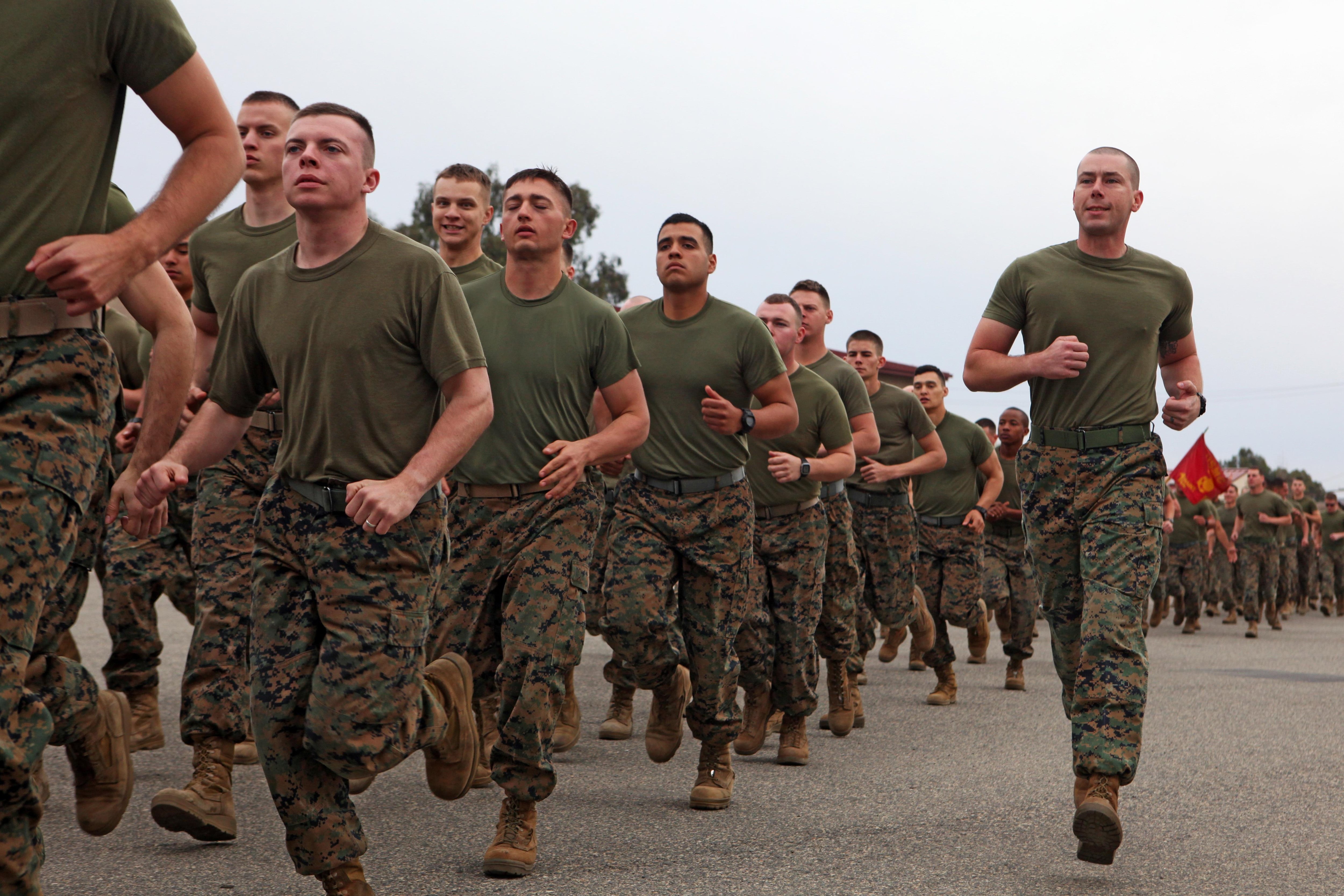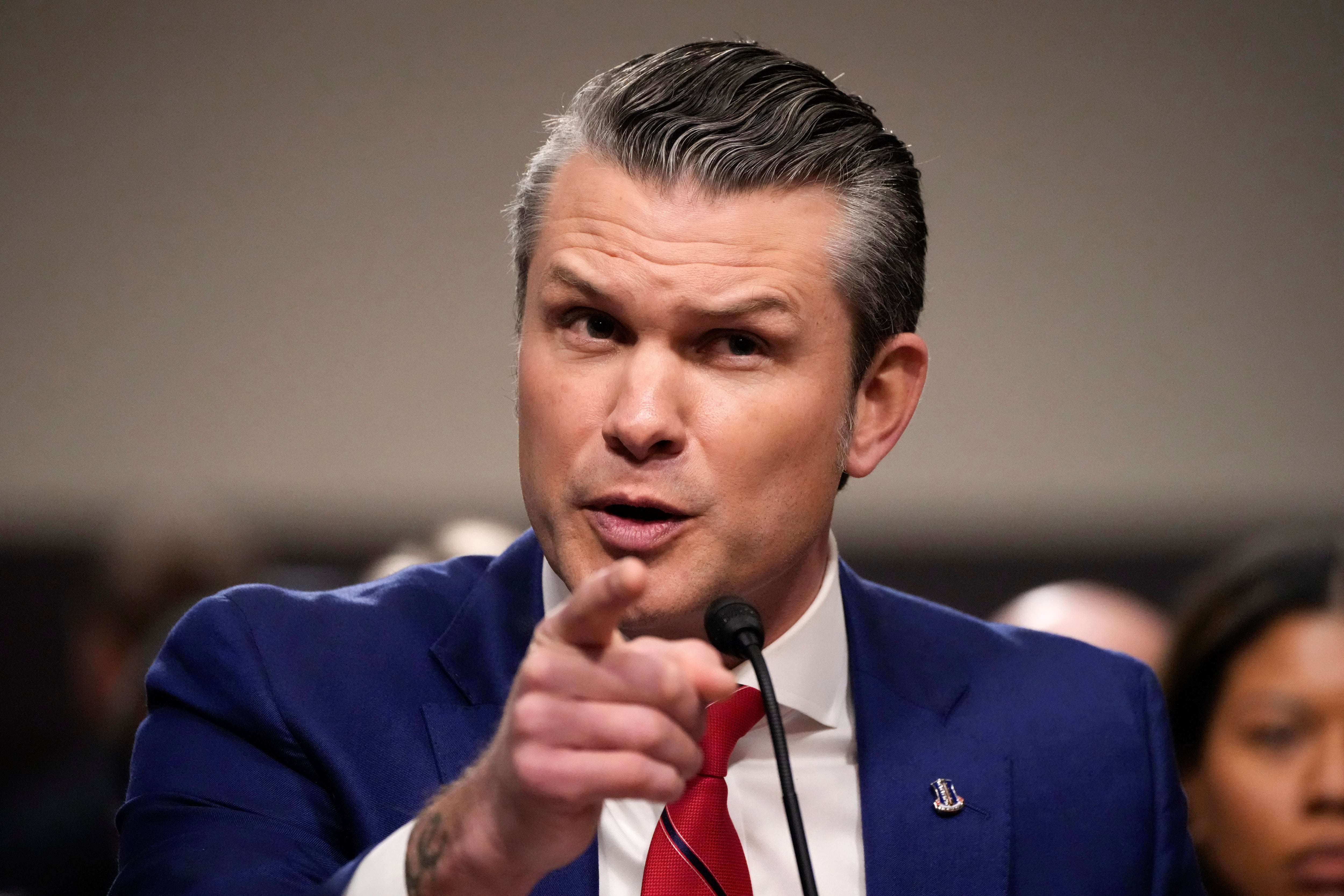With a .45-caliber pistol and extra ammunition strapped to his belt, Robert Kehoe could feel the weight of his parachute and rucksack, which was full of equipment and supplies for the impending mission.
Two of his comrades carried a lighter load and were thus strapped with American-made carbines. Kehoe’s rifle was packed in a cargo container so that he could carry the extra eight cipher books, dry-cell batteries and transmission crystals required to operate the two 40-pound radios, which were, thankfully, also packed in a separate container.
On June 9, several days after the invasion at Normandy, Kehoe and 14 others boarded the three British Stirling bombers that would fly them at low altitude into Nazi-controlled France.
In the air, all Kehoe could hear were the sound of the engines and the rushing wind. Even though he had trained extensively for this moment, Kehoe felt nervous. He approached the plane’s open bomb bay doors and dropped.
Suddenly, the knots in his stomach were replaced with intense focus on his approach. Kehoe’s training kicked in.
At about 500 feet, the loud droning of the bomber faded almost as quickly as the ground neared. Once landed, two figures emerged from the nearby woods. Kehoe reached for his pistol.

The pair seemed to be expecting him, so he let down his guard. Kehoe was soon greeted by two French “maquisards” of the French Resistance. They fed and housed him and the other teams. Two days later, they were able to establish radio contact with their counterparts in London.
“Arrived safely with all containers and equipment. Have contacted local groups. Great possibilities Côres-du-Nord area. Send Jed team and arms....” the message transmitted.
Kehoe, who was part of the clandestine Office of Strategic Services during WWII, passed away Friday at the age of 98.
He was one of the last of the surviving Jedburghs.
The Jedburghs
He was a member of the “Jedburghs,” a multinational outfit of about 300 men and women who worked to develop and deploy irregular battle tactics to prepare Western Europe for an Allied invasion.
Kehoe later went on to work for the Central Intelligence Agency’s Office of Training and Education.
“Everybody agrees, he was a smart man,” his son, Michael Kehoe, told Military Times. “He did very well in his career. He was also a good and thoughtful father, as far as providing me the guidance on life and putting up with my numerous quirks with good cheer. I certainly thanked him in his final moments.”
Established in 1942 to conduct “psychological warfare” in Europe and Asia, the short-lived OSS was the forerunner to the CIA and U.S. Army’s special forces. It seemingly lived up to its motto of “surprise, kill, vanish,” as it ceased operations shortly after the end of WWII in September 1945.
“Mr. Kehoe came along in a pivotal time in history when innovators and mavericks were able to transform the American military’s methodology around an organization that would endure throughout the 20th century and in fact become the tip of the spear for military might, which had never happened in previous American history,” Jim Cragg, a lieutenant colonel Army reservist assigned to the 1st Special Forces Command, told Military Times.
Intense training
In a memoir, Kehoe wrote of his training on the teams of Operation Jedburgh, during which officers and enlisted were immersed in the French language, morse code, the use of cipher, low altitude parachuting under the cover of night, amphibious maneuvering, skiing and mountain climbing, hand-to-hand fighting and small arms combat. Kehoe, one of 28 radio technicians, and the others also learned how to create homemade demolitions for assassination and sabotage.
Because of the need for constant improvisation in the field, the teams were allowed to self-organize, Kehoe wrote. The officers accomplished this through “schemes,” or field exercises, to assess the skill sets of each team member, many of whom were selected for their adaptability and capacity to develop multiple skills.
One of the schemes settled on consisted of two officers and a radio technician. The teams were small and agile, designed for covert intelligence gathering and quick, hit-and-run operations behind enemy lines.
Toward the end of his training, Kehoe and his team spent several spring months on a “survival scheme,” where they were required to “live off the land” as they moved quietly through England’s Yorkshire moors armed with weapons.
“This was a tough endurance test through these deep bogs,” Kehoe wrote. “After covering twice the required distance on the first day, we decided to cheat a bit and inquired at a remote farmhouse about purchasing food and spending the night in the sheepfold. Instead, we had a hot meal and a warm bed. Much better than slaughtering a sheep! The farm family hoped its sons in service would fare as well. This exercise still provided a good test of our endurance and spirit.”
The OSS was modeled after the British Commandos and trained its operatives in the use of sabotage, misinformation, assassination and other irregular and “ungentlemanly” tactics, as the Brits put it. The Americans partnered with British, French and other intelligence agencies to build on these unconventional tactics and help soften the battlefield for conventional forces in an Allied invasion on D-Day.
“Not many people are aware of the role played by the Jedburghs before the invasion and after,” said Charles Pinck, president of the OSS Society. His father, Dan Pinck, was a member of the OSS. “They were critical to the invasion’s success and support of the French resistance.”
Kehoe was featured in a WWII documentary on the Jedburghs produced by the OSS Society for its William Donavan Award Dinner last year.
Unconventional warfare
After the Nazis invaded France in May 1940, the country was embroiled in asymmetrical warfare. French “Maquis” rebel groups frequently carried out guerrilla attacks against the Nazis and the puppet government Adolf Hitler established in Vichy, some 220 miles south of Paris, but it wasn’t until British and American intelligence got involved that these factions united for a Nazi-free France.
Operation Jedburgh deployed its small teams to undermine the Third Reich and loosen the Nazi grip on Europe. An advance party of Jedburghs parachuted into Nazi-controlled France the night of June 5, 1944 hours ahead of the large-scale Allied invasion the following morning.
The Jedburgh teams carried out what is now known as unconventional warfare. They would ambush small groups of enemy officers in transit, they’d blow up train cars carrying vital Nazi supplies to the front lines, transmit fake commands to divert Nazi units and replace axle oil with abrasive grease to disable German tanks.
Following Kehoe’s jump into France were a series of close calls with German patrols. In one instance, Kehoe and his team narrowly escaped a German attack and were forced to leave behind his radio and one or two cipher books, he wrote.
He was able to relay the information to London to avoid having to rely on contaminated intelligence. Leaving the radio behind likely saved his team, Kehoe recalled, because the Germans began focusing on the cottage where it was located and the immediate surrounding area, which gave them extra time to escape.
For his part, Kehoe was awarded the Distinguished Service Cross in November 1945.
Jared is the manager of print design for Sightline Media Group's five magazines under the Military Times and Defense News banners.





